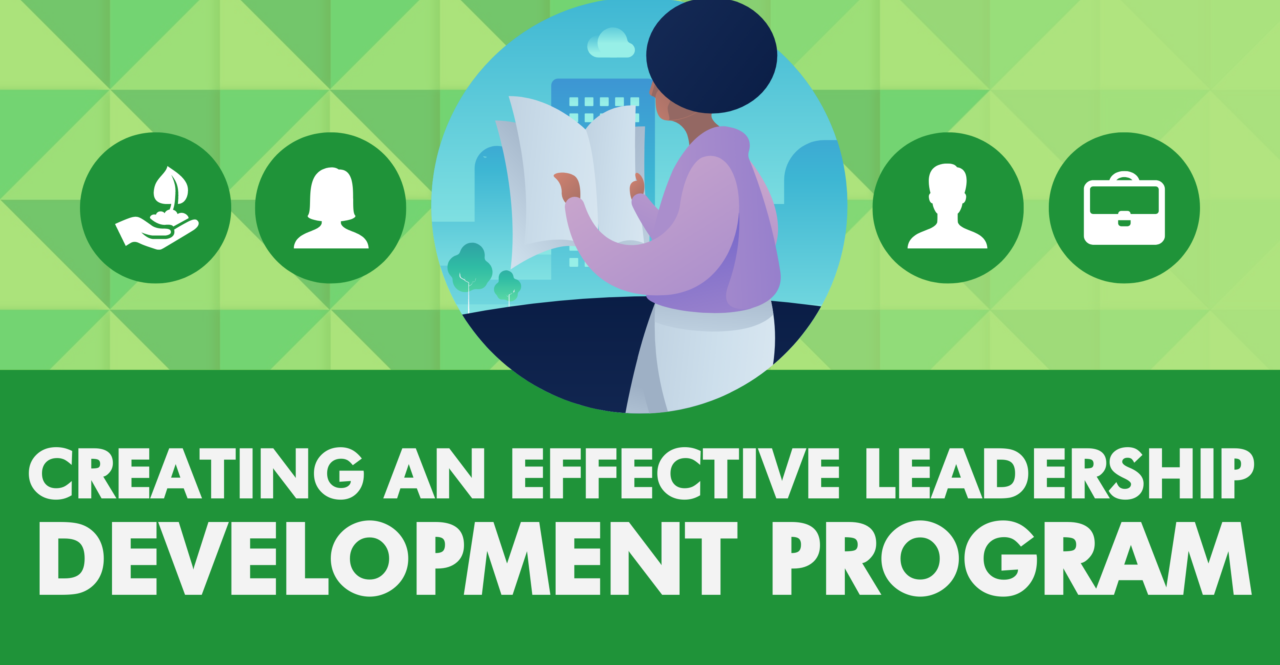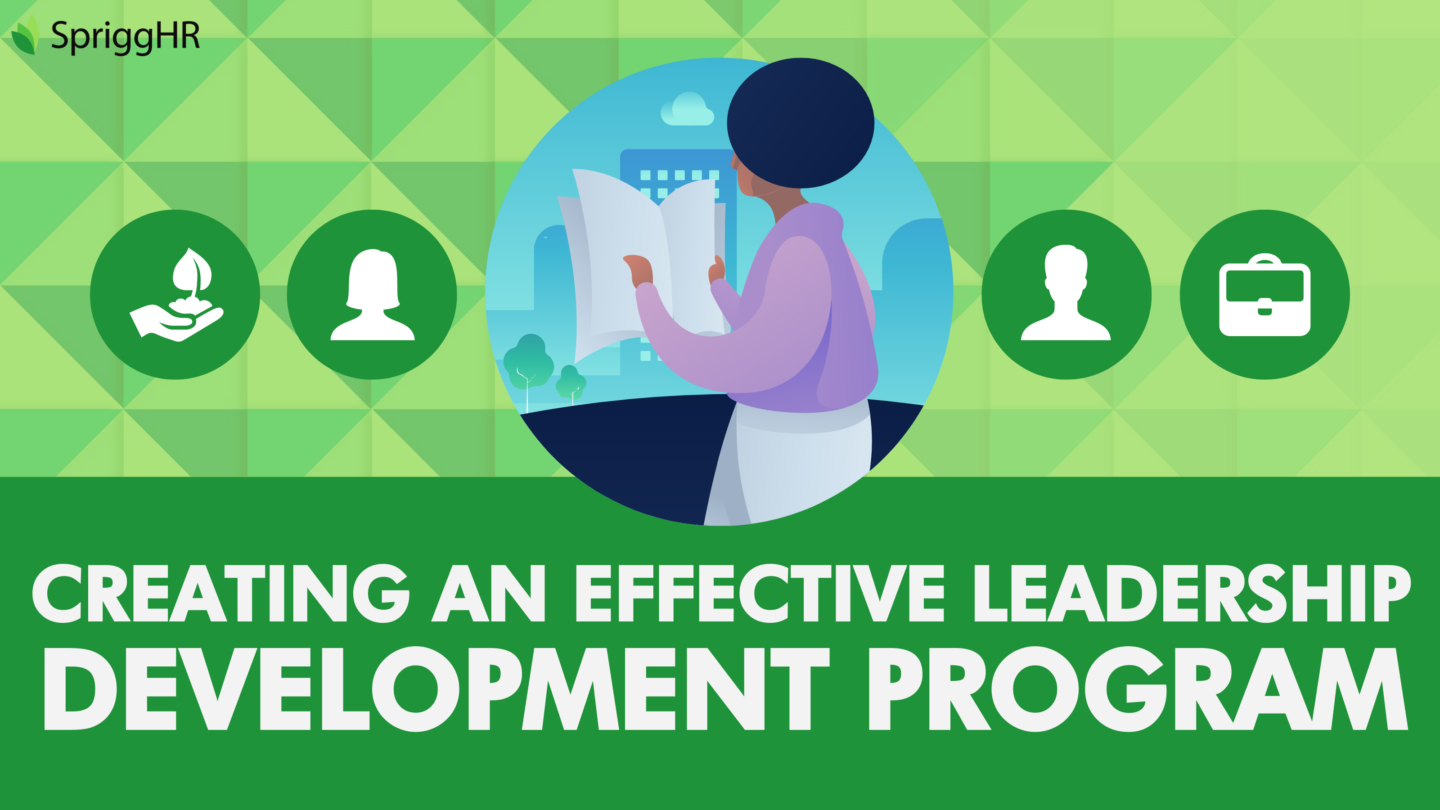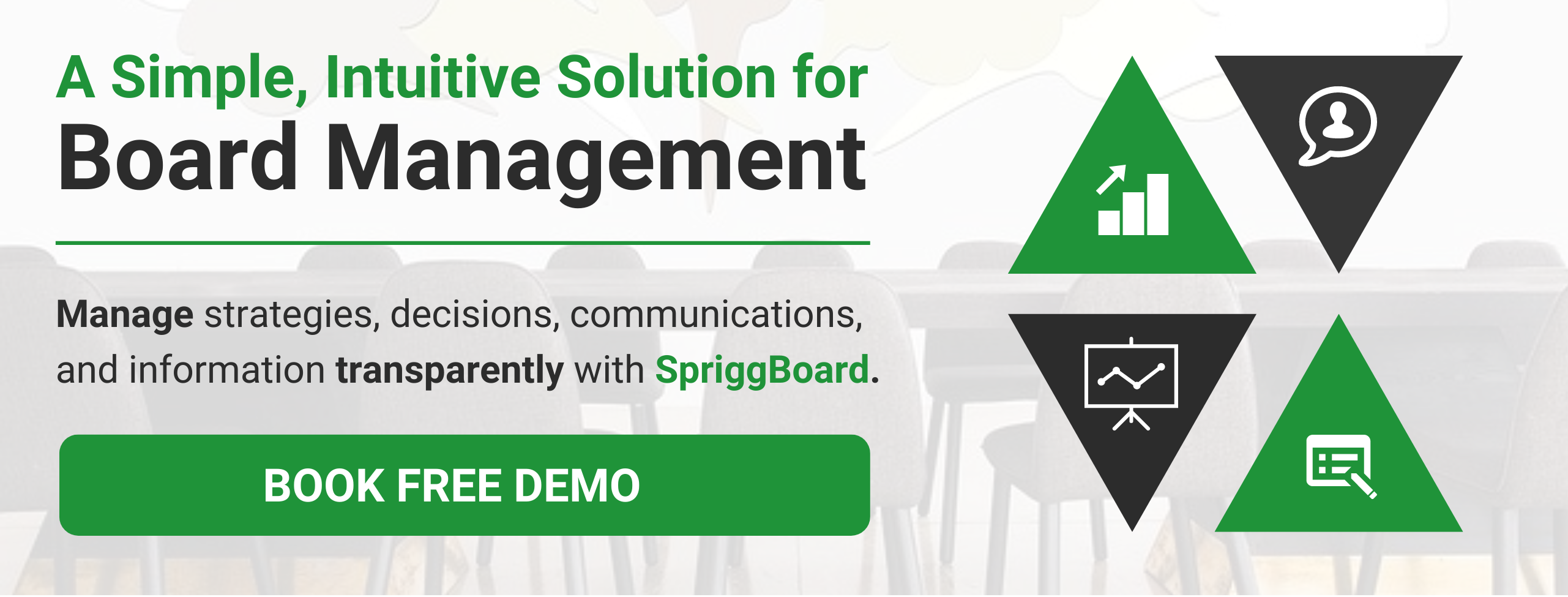
Creating an Effective Leadership Development Program
Creating and implementing a strong leadership development program for your organization is essential. Especially in the current climate, members of an organization need strong leaders to turn to for guidance and support. A good leadership development program not only increases the current leadership competency but provides your employees the opportunity to develop the necessary skills they need in order to move up within your organization.
What is Leadership Development?
Leadership development is a practice that aims to expand the capacity for individuals to perform in leadership roles within organizations. Leadership in this sense refers to the roles that facilitate the execution of the organization’s strategy, done so through building alignment, gaining mindshare, and developing the capabilities of others.
Leadership development does not apply strictly to formal leadership roles, those positions within organizations with corresponding authority to make decisions and take responsibility. A leadership development program can also help informal leadership roles that carry little official authority, such as a member of a team who influences team engagement and direction, or a lateral peer who listens and negotiates through influence.
What Can You Accomplish with a Leadership Development Program?
Leadership development is often thought to be the key to business success which is why many organizations seek to invest in leadership development as a core business strategy.
Strong leadership influences culture and plays a critical role in any company’s sustained success. It drives engagement and motivates employees, which in turn improves employee performance and increases organizational productivity. According to a study by the Center for Creative Leadership, 65% of companies with mature leadership development programs drive improved business results, compared to 6% of companies without a leadership development program. Of the same vein, 86% of organizations with formal leadership development programs responded rapidly to changing market conditions, whereas only 52% of companies with undeveloped and immature programs were able to accomplish the same.
Creating a Comprehensive Leadership Development Program
It is the senior leadership’s responsibility to invest, develop, and grow organizational leaders. This systematic succession pipeline ensures that new leaders in an organization are equipped to inspire, motivate, and engage the workforce.
However, many companies neglect to identify the specific attributes and capabilities of their own leaders. While companies continuously incorporate leadership development training programs, many still fall short of achieving the desired results. Consider the following findings:
- 77% of organizations report that they are experiencing a leadership gap.
- 67% of millennials are looking for new jobs, and of those who plan to stay, 91% bank on remaining in their current job for fewer than 3 years.
- 63% of millennial employees say their leadership skills are not being fully developed.
- 83% of business say it’s important to develop leaders at all levels, but only 5% of all organizations have implemented leadership development programs for all levels.
According to a Gallup study, 55% of managers and employees report that they are either actively looking for a different job than the one they have now or watching for job opportunities. The same pattern of disconnect and disengagement runs true for higher-up positions as well. Over 50% of managers feel disconnected from both their responsibilities and their organization’s mission as a whole.
These statistics make it clear that while companies recognize the value of leadership development programs, many are ultimately failing both the leaders who participate in them and their organizations. The first responsibility of the senior leaders curating these programs is to ensure that they are getting the very best out of the workforce. Developing an effective leadership program must start with equipping leaders with the specific skills, tools, and behaviors they will need to confidently lead others and drive the performance of their team or organization.
Developing leaders at all levels means approaching each leader level with respect to their current skills and the pre-existing desired capabilities for leadership, ensuring there are no gaps in performance. Here is a guide to customizing a leadership development program for your organization by leader level, ensuring each leader can develop the targeted productively.

Developing Emerging Leaders
Emerging leaders are those at the very beginning of their leadership journey. Often, the first steps involved in developing emerging leaders are to identify them, increase their self-awareness, focus on relational skills, and increase evidence-based leadership skills. This helps to prepare emerging leaders for the shift from managing themselves to managing others in the future.
Early-level leaders are still becoming acquainted to organizational leadership, meaning they need time adjust to the broader management style and common language as they grow and form their own leadership plan. Some best practices to include in an emerging leader development program include:
- Self-Assessment – this helps identify current areas of improvement.
- Leading a Key Functional Project – this helps them to practice increases in responsibility and accountability.
- Group Coaching – this allows for emerging leaders to grow together, connect across organizational functions, consider future scenarios, and develop a management mindset.
- Mentoring and Coaching – these relationships help emerging leaders become more exposed to other parts of the organization.
Developing Middle Management
Middle management leadership development needs to take special consideration the specific needs of seasoned leaders, compared to emerging or senior-level leaders. Leaders that fall into this category tend to be supervisory, managerial, or directorial-level leaders. These middle management leaders need a program curated to deepen their current skills, engage and influence others to amplify their results, operate strategically within their existing management framework, lead other leaders, and establish teams.
A middle management leadership development program should include the following practices:
- Exposure – to higher-level leaders outside of the organization, in order to strengthen insights.
- Professional or Industry Association Involvement – this helps them to gain deeper knowledge and forge connections in the industry itself.
- Action Learning – this allows for middle management leaders to practice solving high-level, complex, real-world business issues with diverse, cross-functional groups.
- Individual Mentoring and Coaching – these are beneficial when relationships are forged with higher-level or senior leaders, allowing for middle management to gain an understanding of the business.
- Acting as a Coach or Mentor – helping the emerging, high-potential leaders strengthens their coaching and relational skills.
- Leading a Major Organizational Initiative – experience in managing a full-time strategic project assignment gives them the opportunity to practice building high-performing teams and leading other leaders.
- Volunteer Leadership or Board Role – voluntary influential positions in business decision making for an industry or professional associations helps build experience in influencing others.
- 360–Degree Assessments – helps middle management leaders identify areas for improvement and how they are perceived by others.
Developing Senior Leaders
Once leaders rise to enterprise-wide roles, the complexity of what successful leadership development looks like increases as well. Senior leaders are expected to strategically manage the organization as a whole and manage specific business units. They are no longer responsible for just groups of leaders, but rather are expected to act as forward-looking and forward-thinking company visionaries, driving action on an organization-wide scale.
A senior leadership development program can include practices such as the following:
- Individual Coaching – this eases the transition into discussing complex, bigger-picture business issues and development goals.
- Executive Team Coaching – this helps to increase team cohesion and enhances senior leaders’ ability to identify a shared vision.
- 360–Degree Assessments – like its usefulness for middle management leadership development, these can help identify needed areas of improvement and impact of their leadership style on others.
- Executive Education Programs – advances degrees in executive leadership helps to prepare leaders build business acumen and the critical industry-specific skills needed for enterprise-wide success.
The 5 Critical Skills
While you should adapt your approaches according to leader level, there are 5 key critical skills that should permeate all aspects of your various leadership development programs. These include:
1. Coaching – This is one of the most crucial skills that potential and existing leaders alike can leverage in order to unleash the full potential of their direct reports. Coachable moments happen every day. A leader with strong coaching skills can learn to recognize and seize these moments, turning them into valuable learning experiences for those they are leading.
2. Accountability – The strongest leaders understand that their own success hinges much more on their team’s performance than on their own. Leaders are no longer individual contributors to the organization, and they should not be assessed as such. They are held accountable for others’ actions and result, as well as just their own, and must take accountability for team outcomes.
3. Change Management – Changes in the marketplace, employee turnover, company growth, and countless other factors contribute to ongoing business shifts. Change management training should be a part of any leadership development program, ensuring leaders can harness the power of vision and provide strong and clear leadership during any season, capitalizing on transitional times to improve company performance.
4. Influence and Negotiation – Learning how to be strong influencers and fair negotiators allows leaders to return to their roles knowing that it is not about established authority as a leader, but rather the ability to best influence an employee to achieve results.
5. Communication – This is a skill that needs to constantly be optimized in order to remain fully relevant and useful. In a leadership role, communication happens at all hours of the day through a vast array of mediums, including presentation, one-on-one sessions, phone calls, emails, text messages, videoconferencing, and so on.
An Effective Leadership Development Program is Essential to Your Organization’s Success
Closing the gap between the desire for excellent leadership within your organization, and the reality of failed leadership programs, requires a serious look inward to gauge your organization’s readiness and current leadership competence. Perhaps your organization has put leadership development on the backburner recently, choosing to focus on more pressing matters given the current situation. However, the necessity for a program that enables the emergence of strong leadership is just as essential as ever. Considering company and level-specific challenges and the needs of all types of leaders in today’s business world is critical to the development of a solid leadership strategy.
Overall, leaders should use the core skills of a leadership development program to build quality relationships, align priorities effectively, and find a win-win that leads to completed projects and delivered results.





